Introduction
Tamron has had quite a run during the last few years with an increased market share – it seem that many people like what they are offering. And they don’t stand still either with upgrades to generation 2 (G2) models. One of them is the Tamron 70-180mm f/2.8 Di III VC VXD G2 Review – quite a mouthful, as so often with Tamrons. Besides an ever increasing image quality, the new model incorporates Tamron’s own image stabilization system (VC = Vibration Compensation), and we can celebrate the return of some buttons and switches. The upgrades come with a moderate increase in price, of course, but in the grand scheme of things, the lens remains surprisingly affordable at around $1000 USD / EUR. It’s now also available in Nikon Z-mount, although this review is about the Sony E-mount version.
In terms of build quality, there has certainly been an improvement over the previous generation. Having said that, the used materials for the barrel still have a distinctively plasticky feel. Of course, we just don’t know whether this impacts long-term durability – and other manufacturers have adopted engineering plastics long ago as well. We’d still say that it does “feel nice” – take it or leave it. Maybe it’s just a German thing – us Germans do like tanks, after all. Anyway, the two control rings are rubberized at least, and there’s a focus stop button as well as a function switch plus a zoom lock switch. The latter is needed because the zoom action is quite light, and, as you can see below, the lens extends when zooming towards the long end of the zoom range. Tamron has implemented some sealing with a claimed “moisture resistant construction”. The use of lightweight plastics for the lens body has its charm when it comes to the weight. At just 855g, it’s – by quite a margin – the most lightweight lens of its class. It’s also incredibly short at just 156.5mm – that’s more than 4cm shorter than Sony’s FE 70-200mm f/2.8 GM II. The shorter max focal length of 180mm vs the usual 200mm helps here, of course.
The Tamron 70-180mm f/2.8 Di III VC VXD G2 uses a VXD (Voice-coil eXtreme-torque Drive) linear motor focus which is both very fast and silent. Manual focusing works “by-wire”, of course. As far as focusing is concerned, we should also mention its close focusing capabilities. At 70mm, it is capable of reaching a max magnification of 1:2.6 with a working distance of 12cm. This max magnification decreases the more you zoom in, though.
We haven’t found any statements about the efficiency of the VC (image stabilization) system. However, based on what we’ve seen out there while using the lens, it’s pretty good.

| Specifications | |
|---|---|
| Optical construction | 20 elements in 15 groups (1x hybrid aspherical, 2x aspherical, 1x XLD, 3x LD elements) |
| Number of aperture blades | 9 (rounded) |
| min. focus distance | 0.3-0.85 (max. object magnification 1:2.6-1:4.7) |
| Dimensions | 83×156.5mm |
| Weight | 855g |
| Filter size | 67mm |
| Hood | petal-shaped, bayonet mount, supplied |
| Other features | moisture-resistant front fluorine coating image stabilizer USB-C port for firmware updates via Tamron’s Lens Utility Software |
Distortion
As mentioned, the Tamron lens is amazingly small – and this tends to come with a couple of compromises. One of them is image distortions. In RAW images, the lens produces a medium degree of pincushion distortion (1.5%) at 70mm, which increases to a comparatively heavy distortion (for such a lens) from the middle of the zoom range with a peak of more than 2.6%.


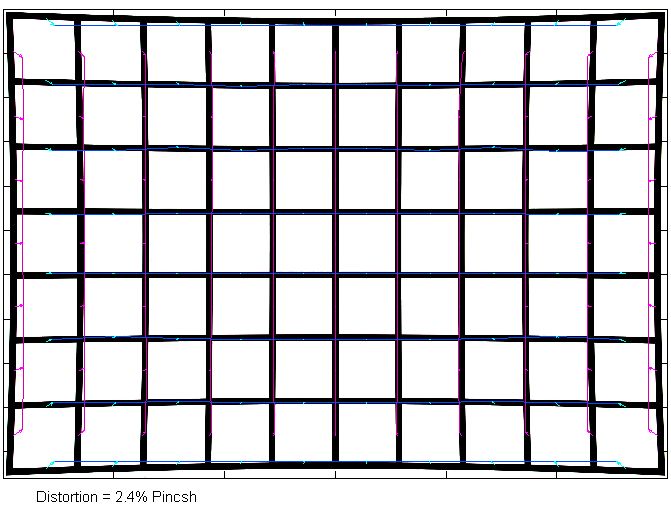
With activated image auto-correction, the distortions are almost perfectly corrected, as you can see below.
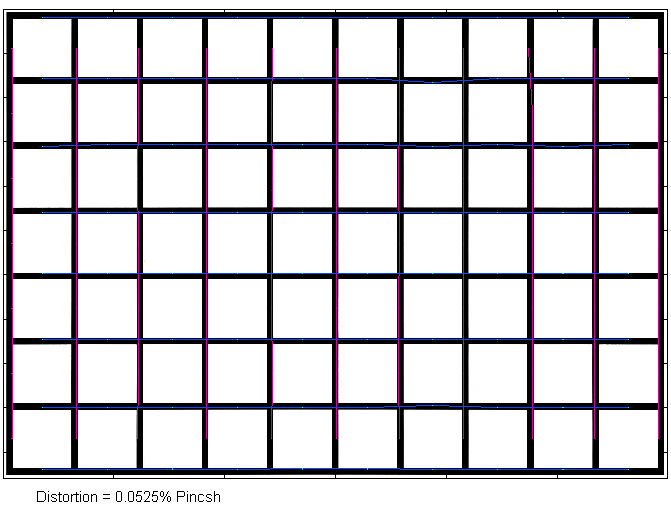
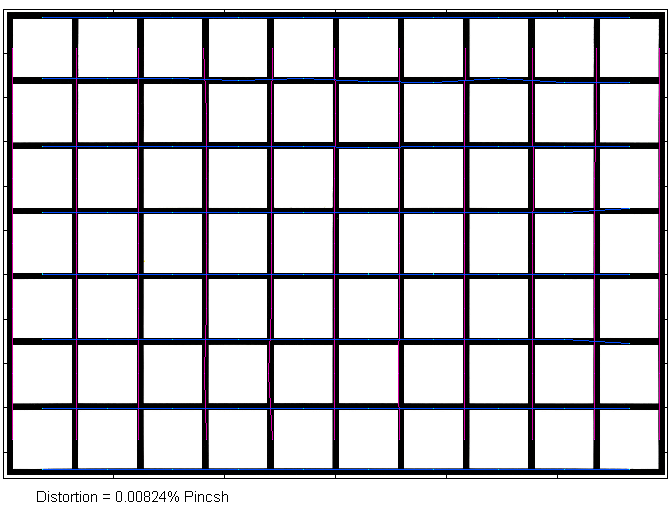
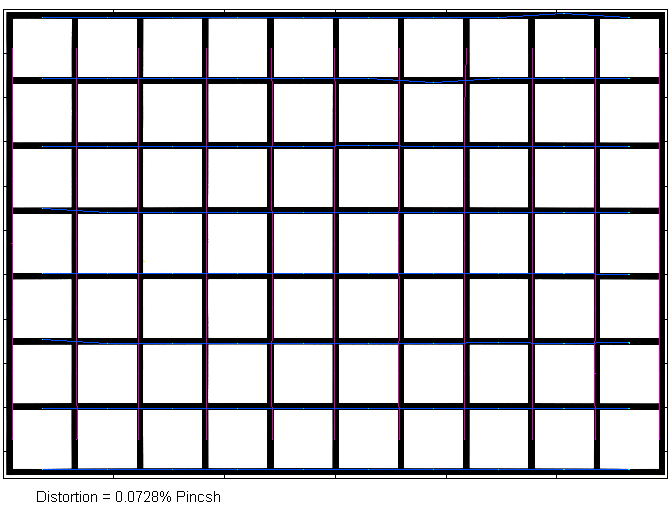
Vignetting
The use of comparatively small glass elements has an impact on the vignetting. In RAW images, the vignetting exceeds 2.5 EV (f-stops) – that’s basically a full stop more than on the Sony FE 70-200mm f/2.8 GM II (…). Stopping down to f/4 helps quite a bit, and the issue is mostly gone from f/5.6.
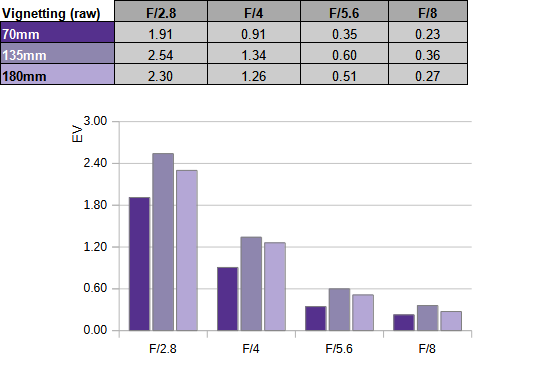
With activated image auto-correction, there’s still some light falloff left at max aperture, although it doesn’t reach truly disturbing levels anymore. Once again, stopping down a bit helps, of course.
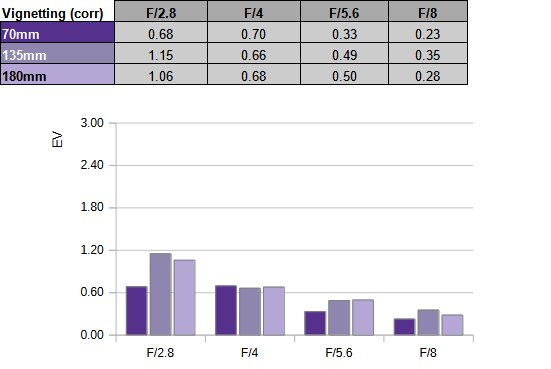
MTF (resolution)
The predecessor of the Tamron 70-180mm f/2.8 Di III VC VXD G2 impressed us quite a bit in the resolution chapter, and the G2 is even a bit better here. At 70mm f/2.8, the broader center quality is already great, and the outer image field is easily very good. Stopping down to f/4 improves the quality a little more. Beyond diffraction is already the limiting factor. The quality is almost the same at 135mm and 180mm – a very consistent performance indeed.
The centering quality of the tested sample was good. Field curvature is low.
Please note that the MTF results are not directly comparable across the different systems!
Below is a simplified summary of the formal findings. The chart shows line widths per picture height (LW/PH), which can be taken as a measure of sharpness. If you want to know more about the MTF50 figures, you may check out the corresponding Imatest Explanations

Chromatic Aberrations (CAs)
Lateral CAs (color shadows at the image borders) are quite well controlled. They are minimal at 70mm, and just visible at longer focal lengths. Stopping down increases the CAs only slightly.

Bokeh
Sharpness is nice, but having a nice bokeh is almost nicer with a lens in this class, so let’s see what the Tamron can do for us here.
When it comes to out-of-focus highlights, it’s not all sunshine, lollipops, and rainbows, unfortunately. As you can see below, the inner discs have a very distinctively onion-like substructure—probably courtesy of the 2/3 aspherical elements in the lens design. On the positive side, the 9 rounded aperture blades do their job so the circular shape remains intact up to f/5.6.
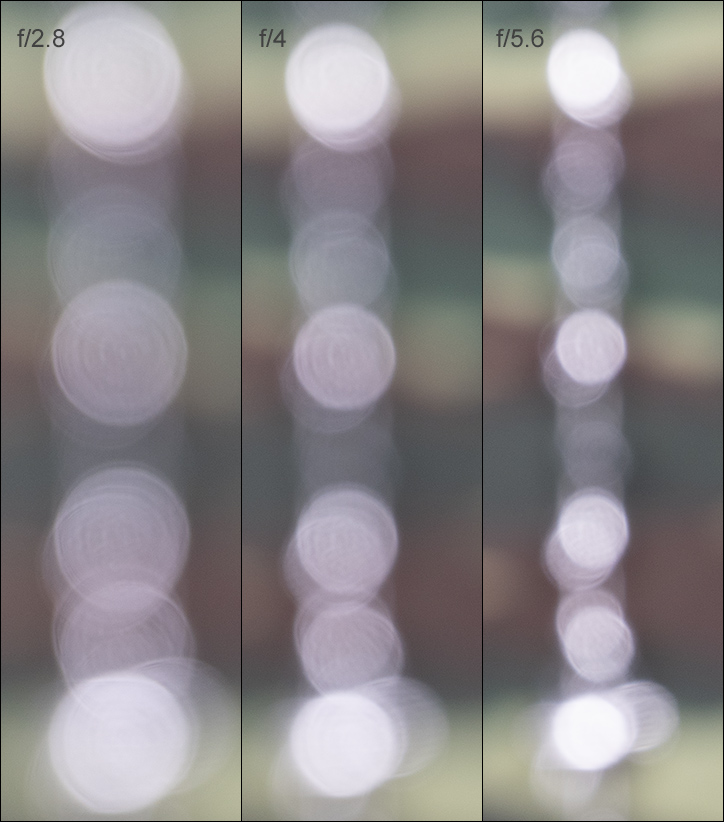
The shape of the highlights tends to deteriorate towards the image borders – this is due to mechanical vignetting, and the Tamron lens has a very small front element (…). Consequently, the discs show a very distinctive cat-eye shape in the corners. The shape of the discs is broadly restored at f/4, and the corner discs are mostly back to their circular shape at f/5.6.
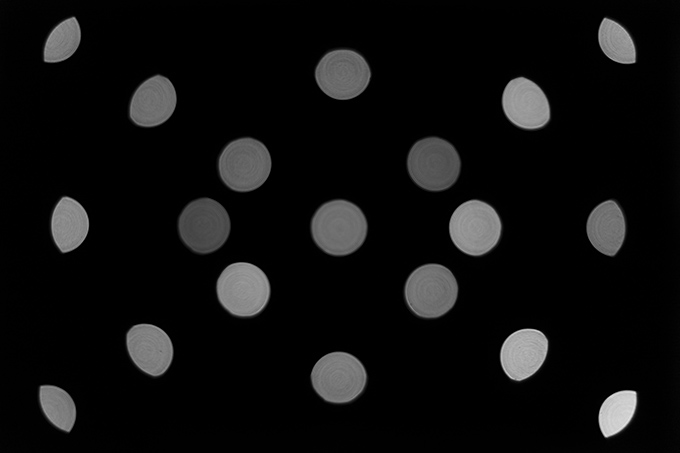

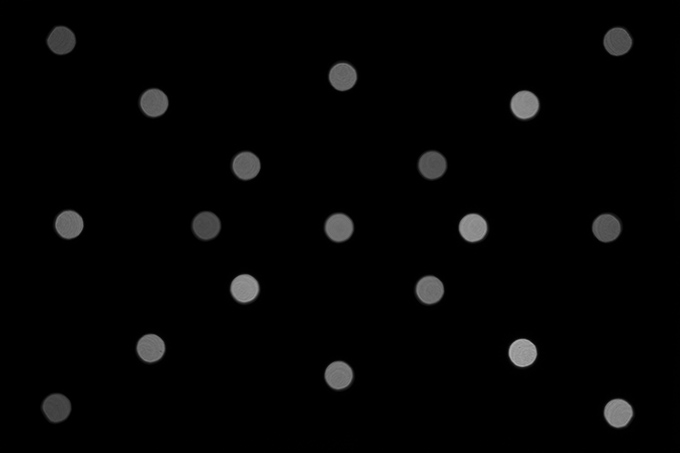

On the positive side, the general rendering in the focus transition zones is smooth – especially in the critical image background (shown to the left below). The foreground blur is a bit shadowy, but still pretty good.
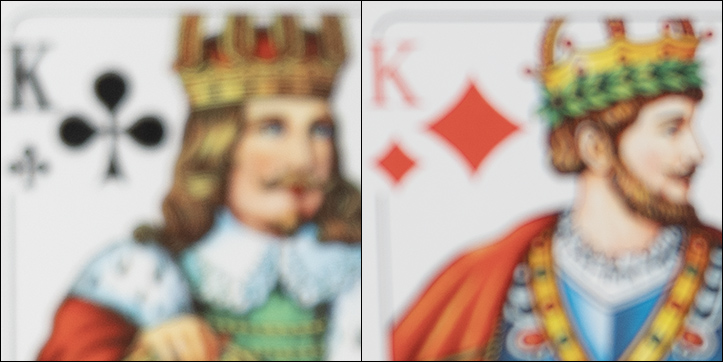
Bokeh Fringing / LoCA
Boheh fringing/LoCA is an axial color fringing effect with purplish halos in front of the focus point and greenish beyond.
The Tamron lens produces just a tad of fringing at f/2.8, and it’s basically gone from f/4. You may also observe the snappy rendering in this close-focus scenario.

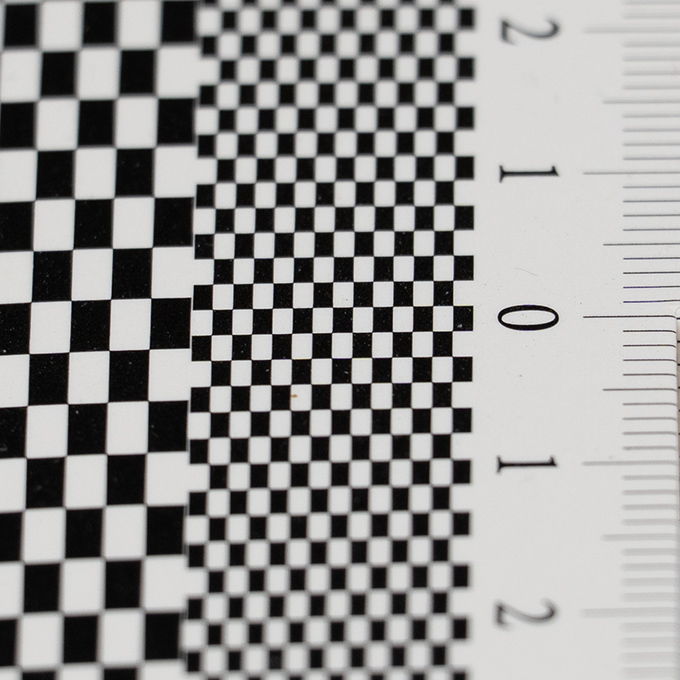
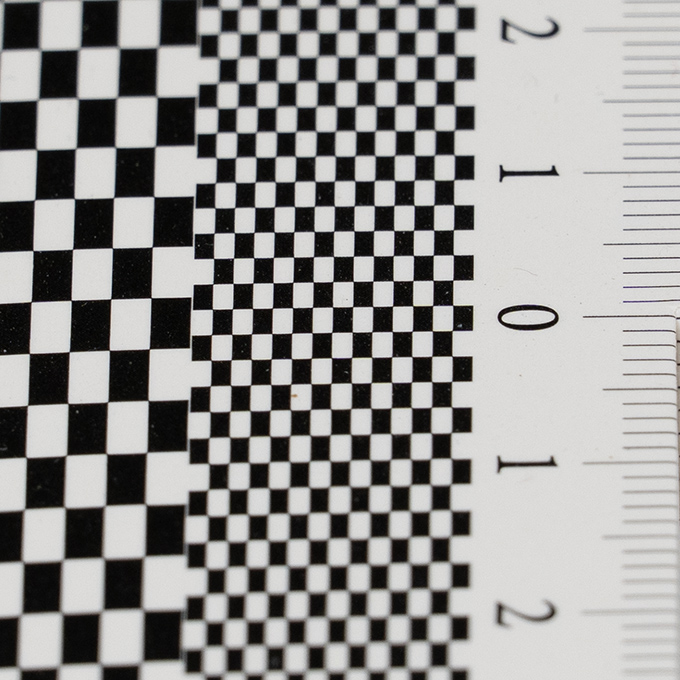
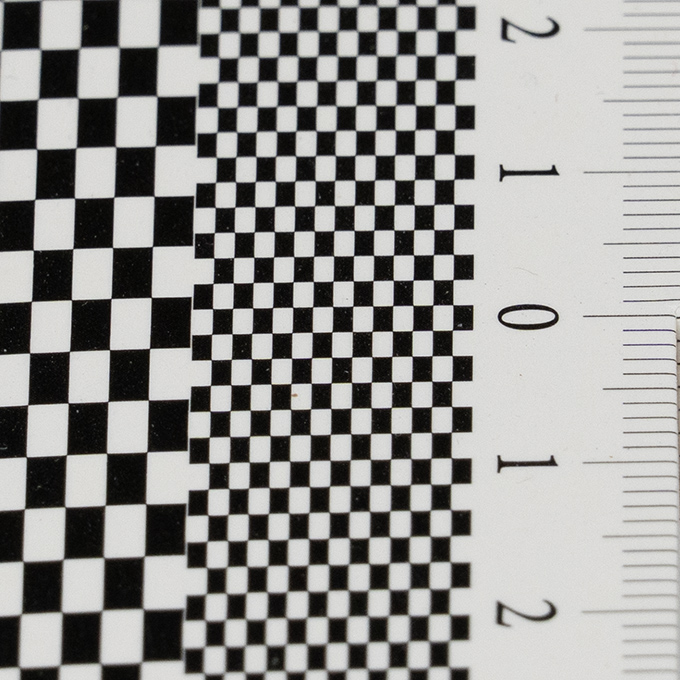
Sample Images
Competition
The 70-200mm class has always been a popular battleground. So far the Japanese players are among themselves, although we hear that Samyang (South Korea) is on a mission here now. The Tamron 70-180mm G2 is shown to the left below. It’s almost as small as Sony’s FE 70-200mm f4 GM II OSS macro (2nd left) despite the extra stop in speed. The Sony FE 70-200mm f/2.8 GM II and Sigma 70-200mm f/2.8 DN DG OSS Sports (to the right) are substantially bigger. In terms of sharpness, they are all pretty much up there with great results. The others are better regarding bokeh highlights, but the Tamron can easily compete with its general bokeh rendering. In terms of at least perceived build quality, we’d still prefer the Sony & Sigma offerings.
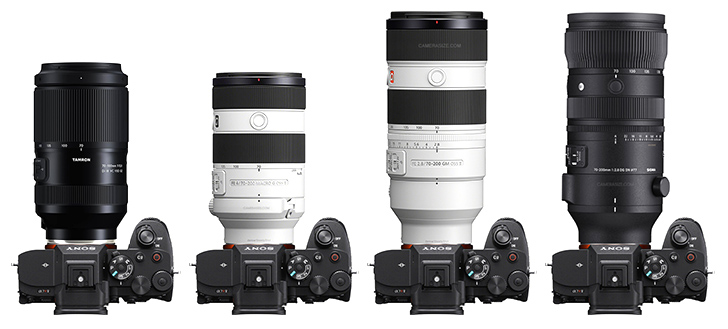
The Tamron 70-180mm f/2.8 Di III VC VXD G2 is an amazingly compact and especially lightweight fast medium tele zoom range. Some optical and mechanical aspects are directly related to this design decision. In terms of sharpness, Tamron did an outstanding job in that it can truly play with the best here. It's especially worth mentioning the very consistent quality across the zoom range. Both axial and lateral CAs are low. On the downside, there's the high vignetting and high distortions, although image autocorrection can compensate for this effectively. The fundamental quality of the bokeh is good, but the rendering of out-of-focus highlights can be very rough.
On the mechanical side, Tamron achieved the low weight via engineering plastics. There's nothing wrong with this per se - many do - but you can also feel it. Whether this is a relevant factor may be a personal preference. Unlike the competition, Tamron also omitted the tripod mount. Given the low weight, it's still feasible to use the lens on a tripod, albeit it is a little front-heavy then. The compact size was achieved via the extending zoom design. To some degree, except for potentially sucking in dust, this is a matter of taste. We've also seen this over at Canon in the RF 70-200mm f/2.8L USM IS, for instance. Tamron's VXD AF is pretty snappy and good enough for sports. We also welcome the addition of an optical image stabilizer, which was something where the G1 version lagged the competition.
The Tamron 70-180mm f/2.8 Di III VC VXD G2 is, in many ways, a typical Tamron product. It does many aspects well, even exceptionally so, but there are always "hiccups" that prevent them from being a truly harmonious product. Having said that, this Tamron lens is extremely compact and lightweight, and you always have to give a little to take a little elsewhere. And for many prospective buyers who just don't want to carry a heavy brick, this will make perfect sense.
The Good
- Very sharp
- Ultra-compact and lightweight for such a lens
- Surprisingly affordable (dependent on where you live)
- Impressive max object magnification at 70mm
The Bad
- Still feels plasticky (although somewhat improved over the G1)
- Rough out-of-focus highlight rendering
- Heavily relying on auto-correction for such a lens
- No dedicated tripod mount
-
Optical Quality
-
Build Quality
-
Price / Performance

























